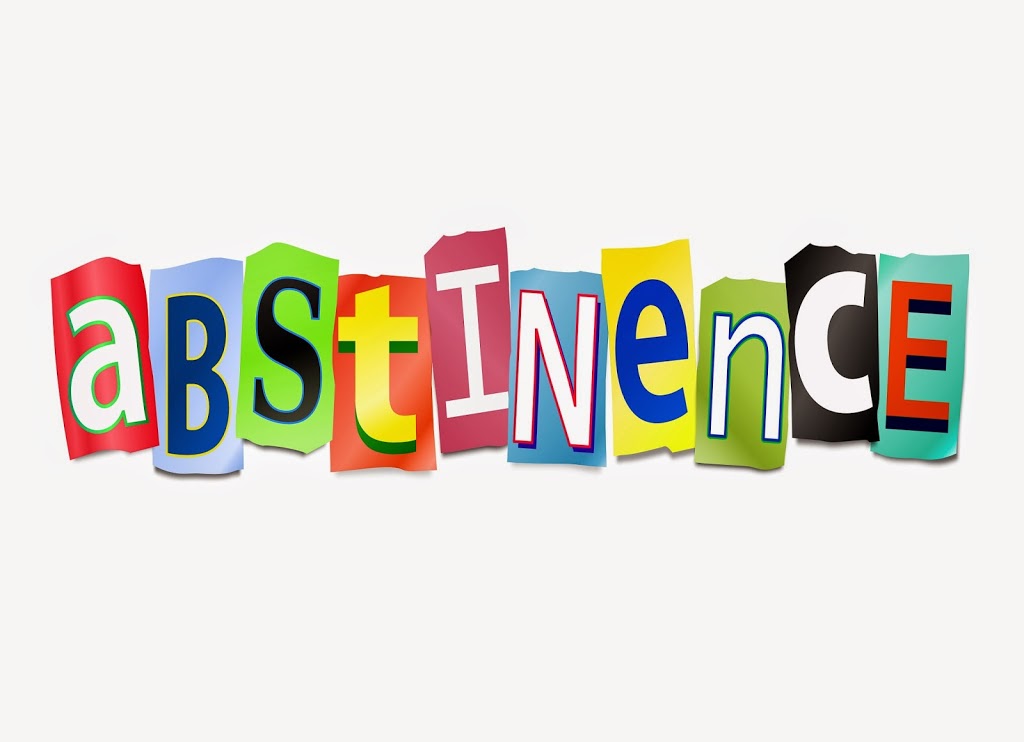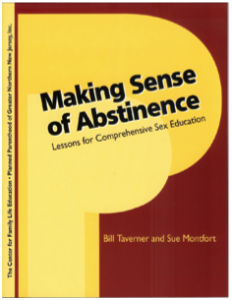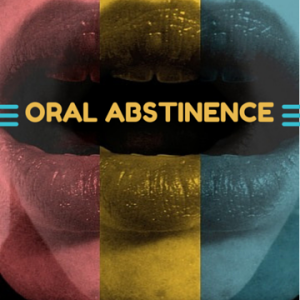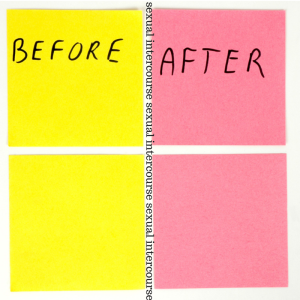Basically I love the name of this lesson, which is why I’m writing about it today. They say that you shouldn’t choose a book by its cover…and I suppose that the sentiment should be continued to include not choosing a lesson plan by its title, but I already threw that out the window a few weeks ago, so I’m running with it. Because first impressions matter, because words matter, because our social expectations about behavior matter. All of this is so applicable to abstinence education. This word – abstinence – has come to have such stature and meaning. It’s cool, it’s uncool, it’s the only thing that works, it has a failure rate too. We need to give our young people a chance to explore abstinence on their own terms – and this lesson from Making Sense of Abstinence does just that.
_____________________________________________________________________
So What’s an “Abstinence” Anyway?
By Fran Basche and Anne Terrell
Objectives:
Participants will:
1. Define abstinence.
2. Identify what makes abstinence work, and identify the factors that can cause abstinence “user failures.”
3. Examine the important role of active decision-making when it comes to choices about abstinence.
Rationale:
Throughout the United States, abstinence is being promoted as the only 100% effective method for avoiding an unwanted pregnancy and sexually transmitted infections, including HIV. In actual use, however, abstinence often fails, i.e., people who intended to be abstinent have sexual intercourse – often without using either a condom or another contraceptive. This lesson helps participants think about what it takes to make abstinence work – and what they would need to do if they were going to choose abstinence as the way to protect themselves from unwanted consequences of sexual intercourse.
_____________________________________________________________________
What I like most about this activity are the four points that come at the end of it:
- Don’t leave your abstinence at home, or in health class, or in church, synagogue, or mosque.
- Take out your “abstinence” every once in a while and think about it. (Referring to a continued ethical examination of abstinence.)
- Decide when and under what circumstances you will stop abstaining.
- Think about what you will decide when abstinence is no longer the right choice for you. (Referring to which contraception you’ll use.)
All of these are such great areas to consider as someone is considering abstinence (either as a contraceptive method or for any other reason). I was talking about abstinence with a group of high school students this weekend and one of them shared how his middle school had handled their abstinence program: by showing graphic pictures of abortions. Texas, you hurt me so hard sometimes! Why do so many people pretend like abstinence is entirely clear cut – or that gruesome pictures shown during class time will make a difference when a soft, warm potential lover is nearby. There is not a deep enough connection between the two – and fear has never been a solid deterrent of sexual activity.






